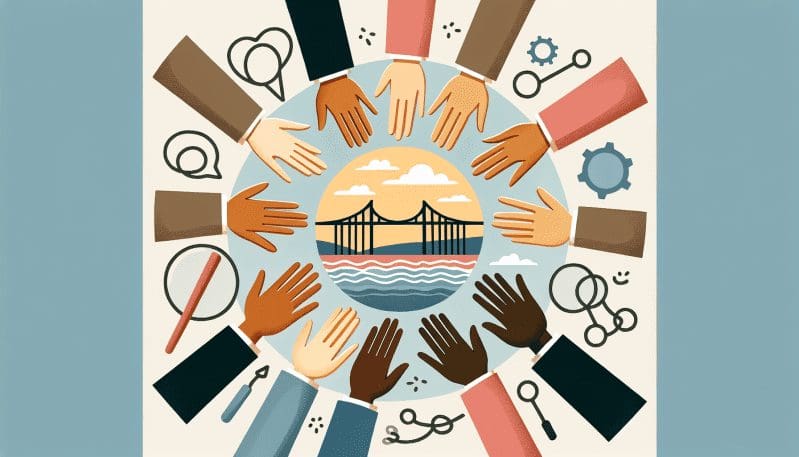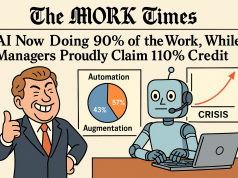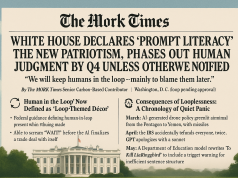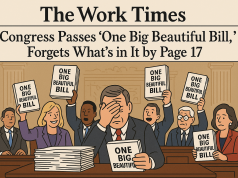The call for inclusivity echoes loudly throughout the bustling corridors of nonprofit organizations, reverberating into the very heart of our communities. As an experienced Disability Rights Advocate, I’ve observed firsthand the varying levels of success with which nonprofits execute community engagement strategies. It’s crucial to dissect the fabric of these approaches to understand their effectiveness, particularly for individuals with disabilities – a group too often relegated to the periphery of community involvement.
The current landscape reveals organizational intentions that are commendable yet not entirely sufficient. Enthusiasm for inclusion is not the shortfall; rather, it’s an understanding of what true engagement with the disability community entails. Accessibility is not simply a categorical afterthought or a compliance checkbox; it must be woven intrinsically into the tapestry of outreach programs and initiatives.
Barriers to effective engagement are multi-faceted. Physical hurdles, such as inaccessible venues for community meetings, continue to exist alongside more nebulous, attitudinal challenges, like the stigmatization of people with disabilities. Communication gaps also loom large, with vital information not always reaching those it’s intended to support, often due to a lack of accessible formats or channels.
Innovative solutions are germinating within the sector, poised to cultivate a more inclusive environment. Digital technology, for example, offers unparalleled opportunities. Virtual platforms can transcend physical barriers, but they must be designed with accessibility in mind, from readable screen designs to captioned videos. Outreach strategies can be reimagined through this lens, ensuring that invitations to participate are not only extended across different mediums but that they are also digestible in diverse formats.
Organizations that have trodden this path light the way with notable outcomes. For instance, a nonprofit that repurposed its website with assistive technologies saw a marked increase in engagement from the disability community. Another, by implementing sign language interpretation and real-time captioning at events, fostered a more engaging and inclusive atmosphere for deaf participants.
These are not anecdotal successes but demonstrable evidence that inclusive strategies bolster the work culture, inviting workers with disabilities to contribute meaningfully. A workplace that mirrors such diversity becomes a fertile ground for innovation and empathy, with worker participation enriching organizational goals and driving authentic community representation.
Let’s consider the ripples that emanate from such inclusivity – the potential for individuals with disabilities to not only participate but to lead and shape the narrative. We must challenge the notion that community engagement is merely a charitable gesture; it is, in essence, a dynamic conduit for empowerment. Nonprofit organizations, through robust and thoughtful engagement, can become beacons of inclusivity, channelling their mission not only to serve the community but to elevate it.
In the pursuit of inclusive community engagement, nonprofits must embrace the full spectrum of human diversity. Let’s dare to envision a sector not defined by whom it excludes but by whom it includes and how effectively it champions every voice. It’s not merely a lofty aspiration; it’s an actionable imperative that, when realized, illuminates the path to a more inclusive, equitable, and resonant society for all.




























